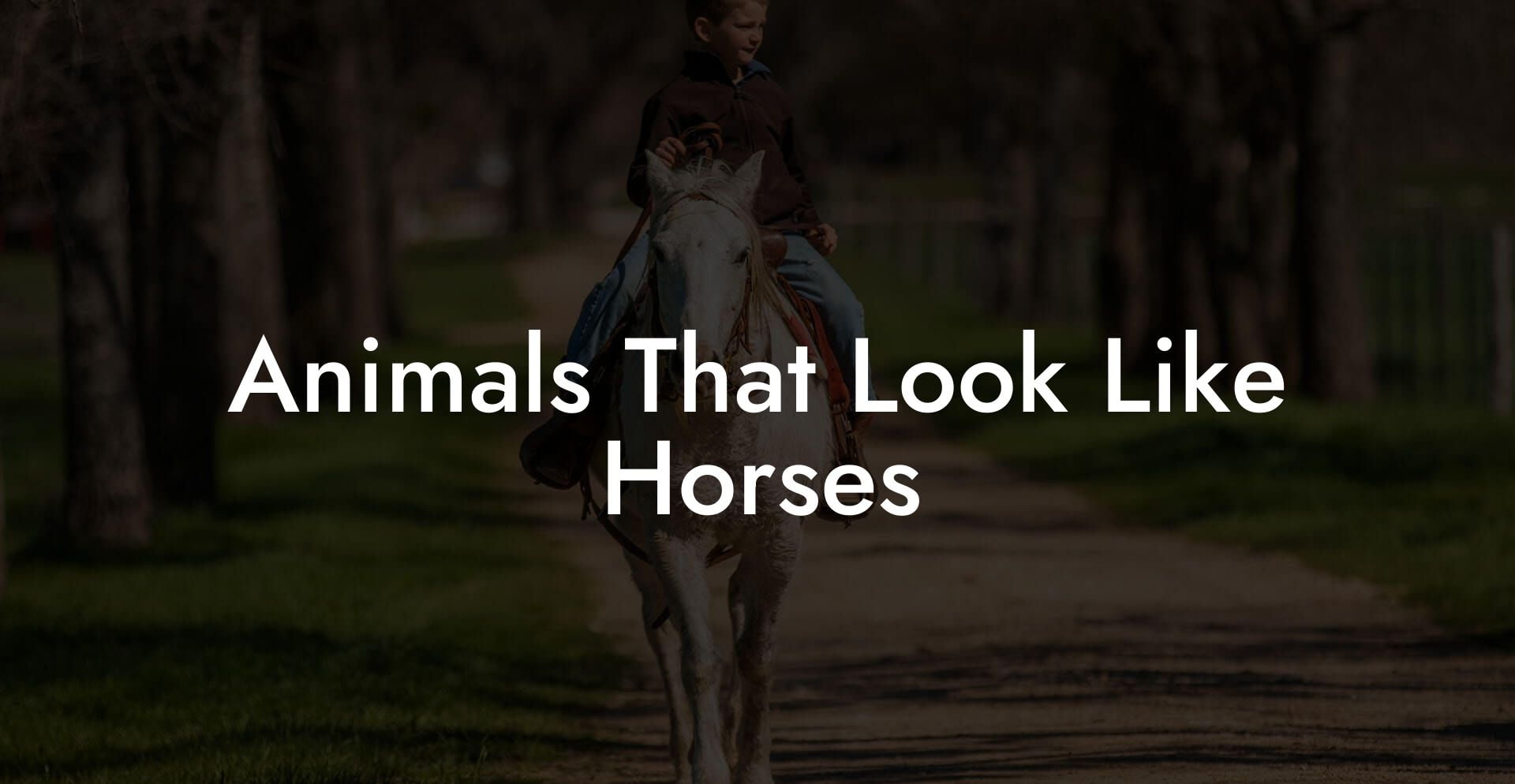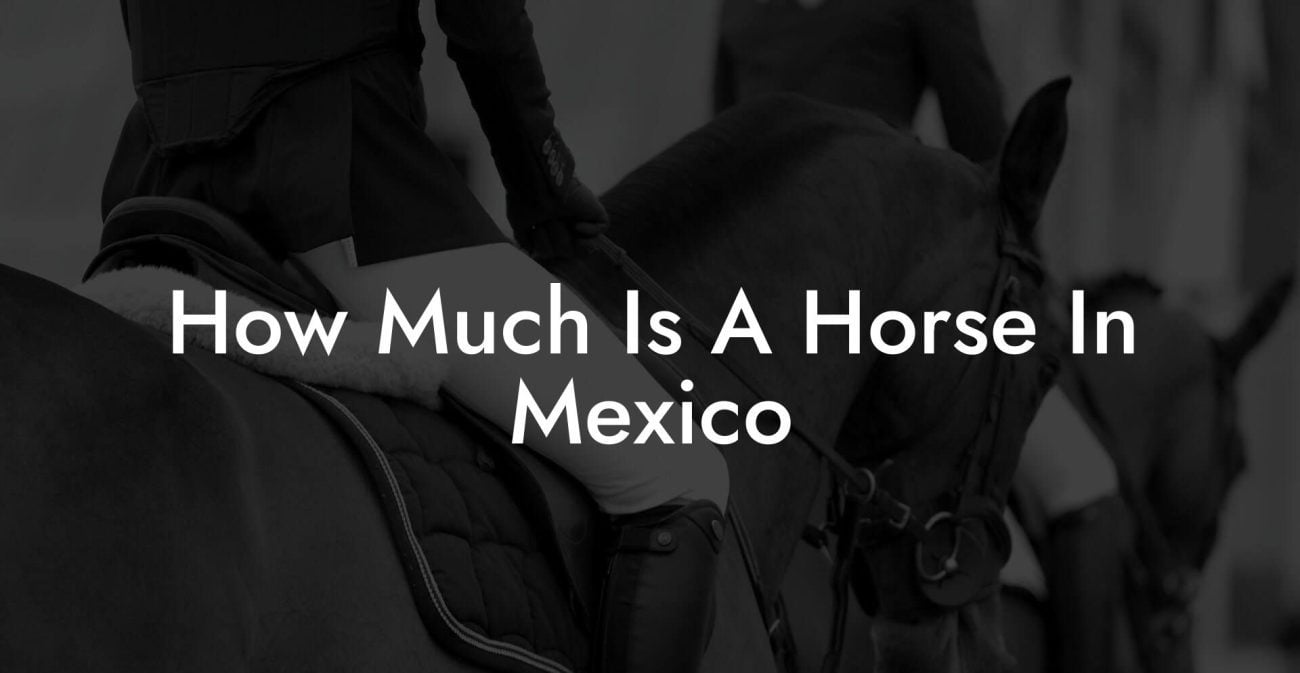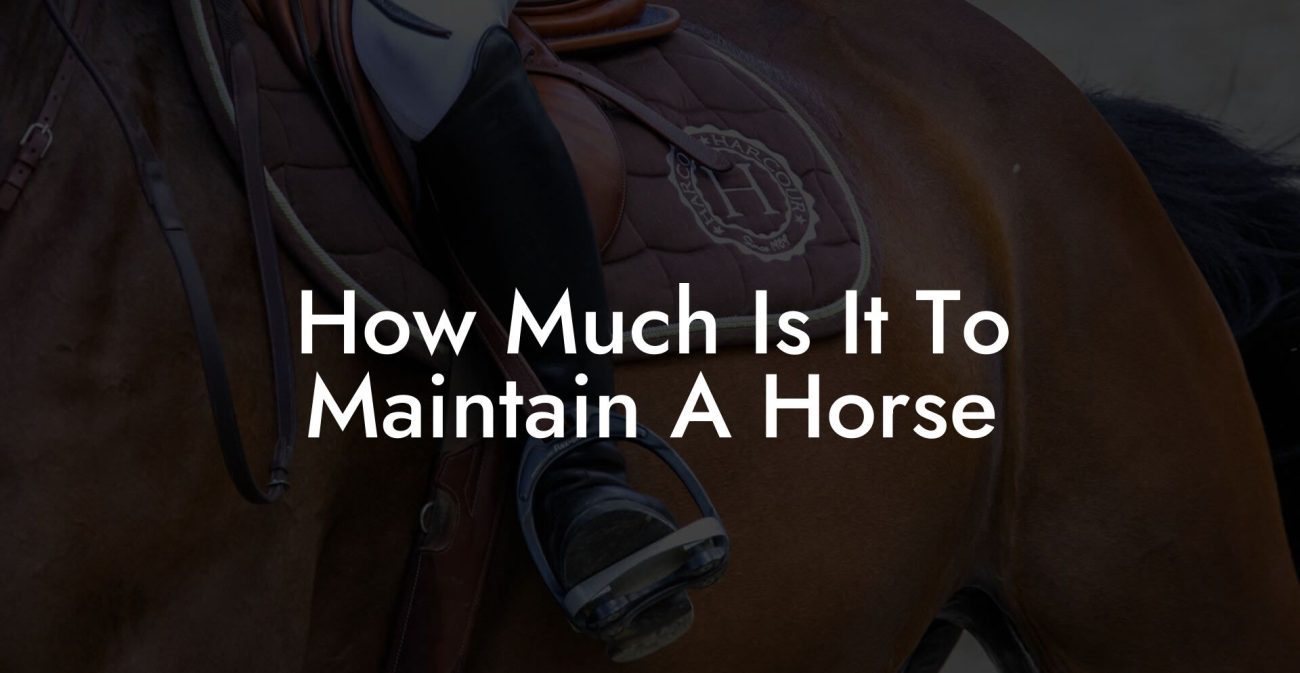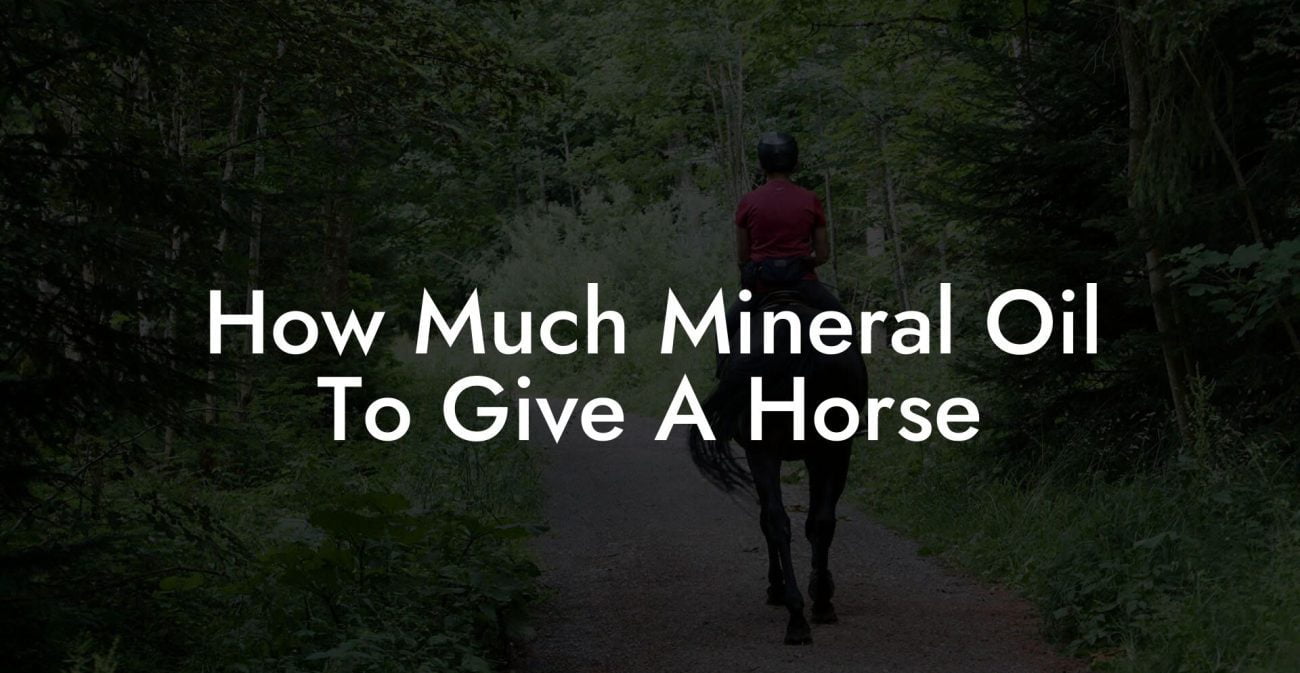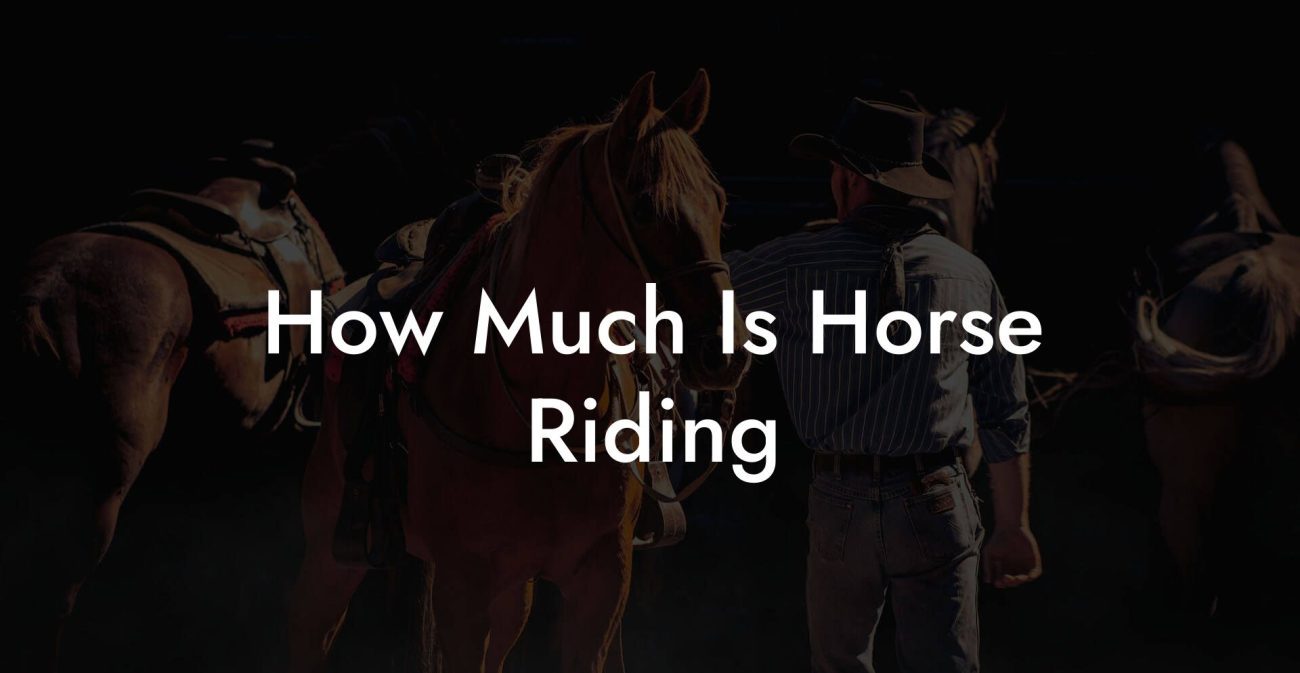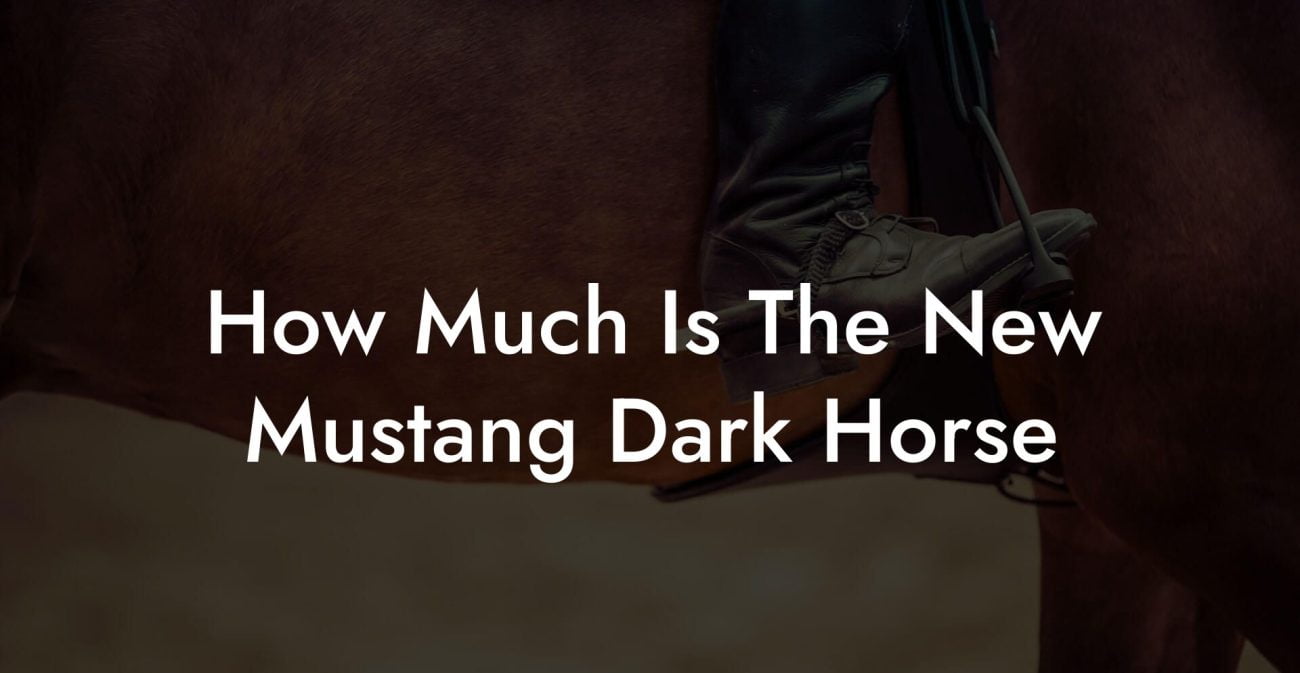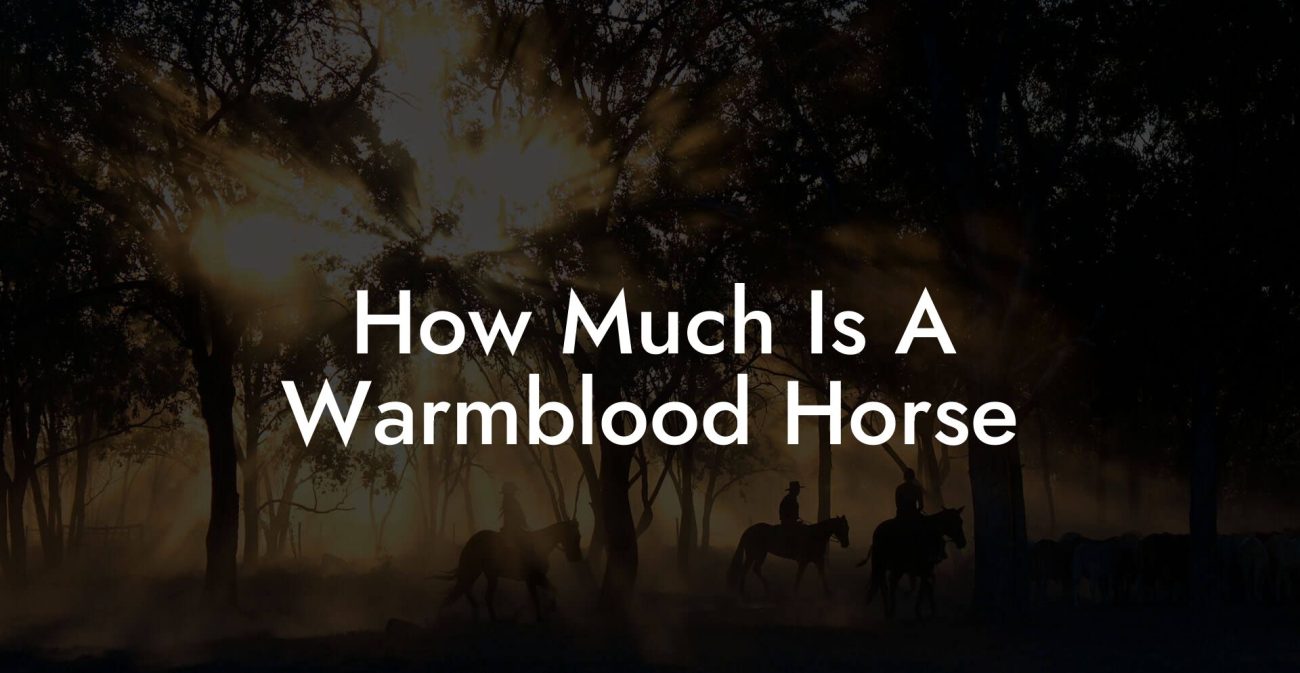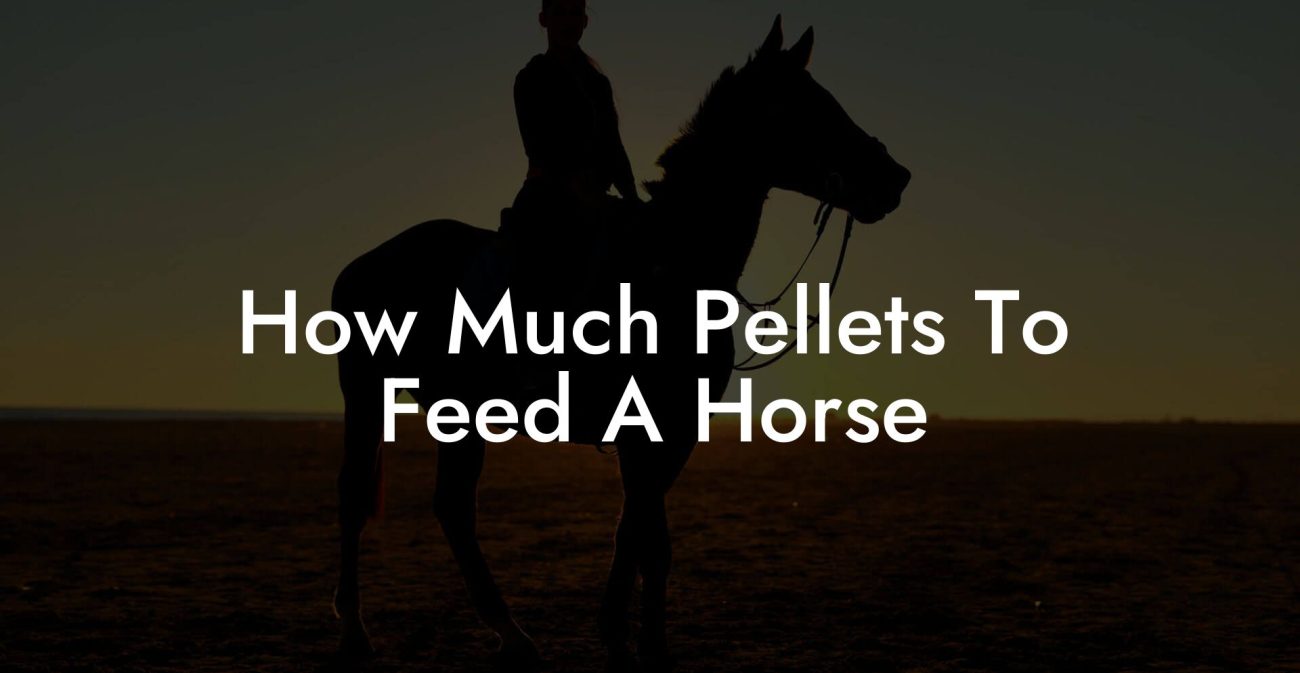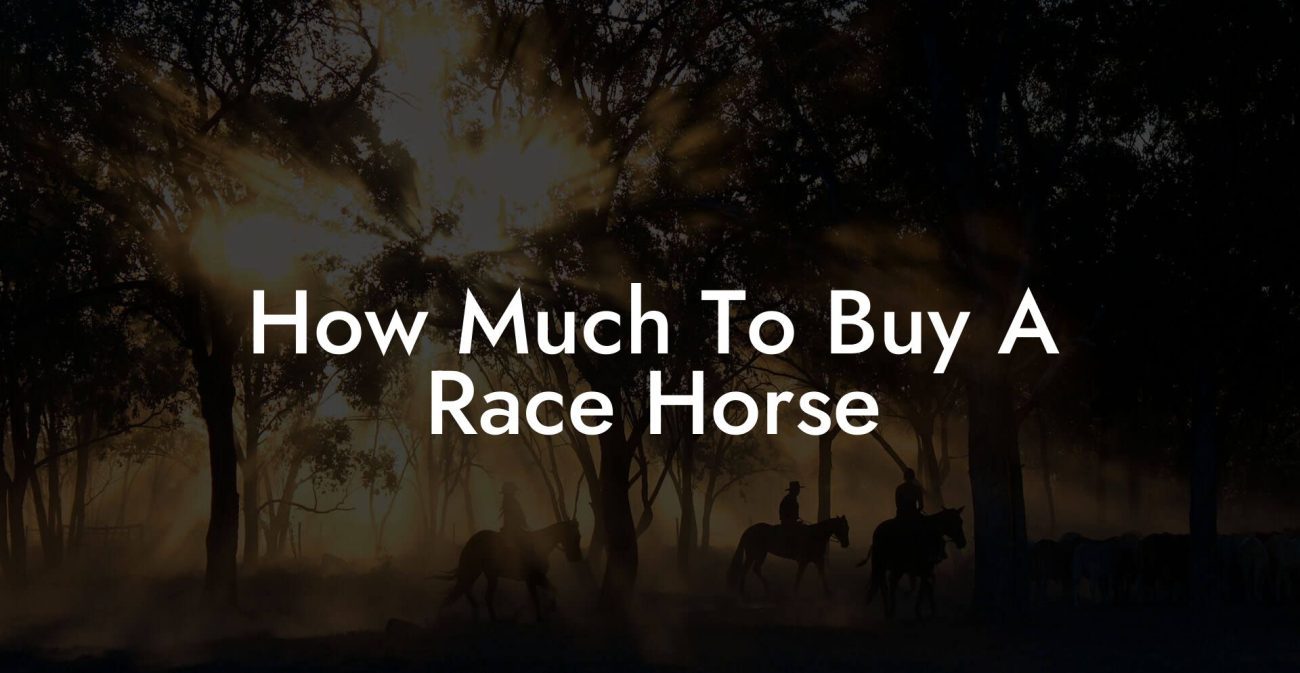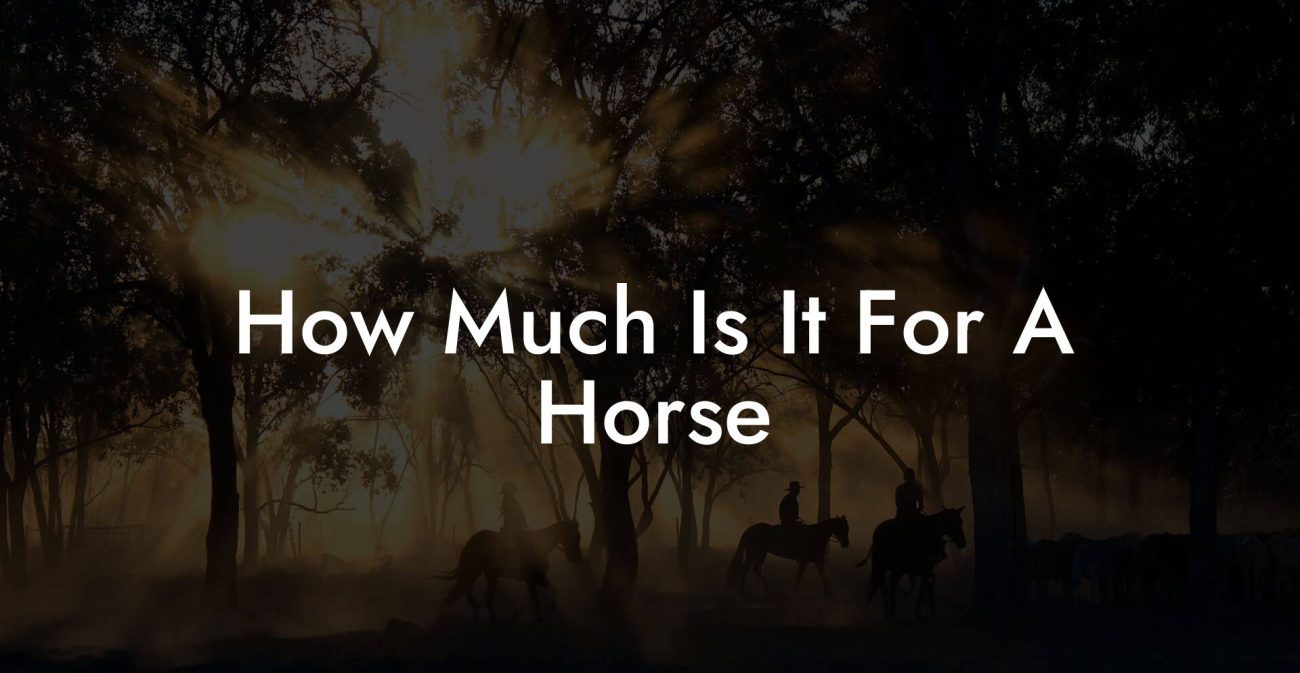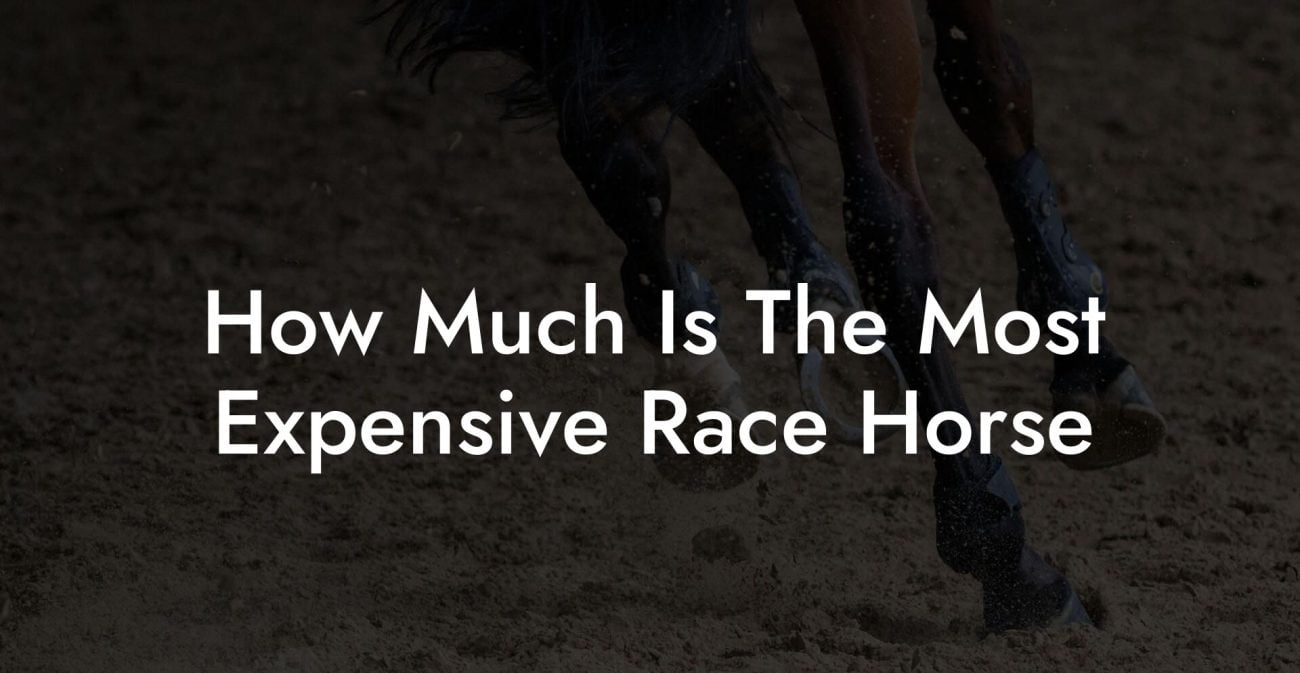Ever wondered how a zebra’s stripes, a donkey’s long ears, and a horse’s flowing mane can all seem to share an uncanny resemblance while showcasing their own quirky personalities? Dive into the mesmerizing world of animals that look like horses, where equine charm meets delightful differences. Whether you're a millennial craving an Instagram-worthy equine selfie or a Gen-Z enthusiast ready to learn the ins and outs of horse care, this guide is your backstage pass to discovering our four-legged friends that might just be your next best companion.
Quick Links to Useful Sections
- Defining the Equine Family: More Than Just Horses
- Meet the Equids: A Closer Look at Horse-Like Species
- The Classic Horse
- The Dependable Donkey
- The Wild Zebra
- The Mighty Mule
- The Evolutionary Story: How These Equines Came to Be
- Differentiating the Look-Alikes: How to Tell a Horse from Its Cousins
- Facial Features and Ears
- Coat Patterns and Coloration
- Body Structure and Movement
- Caring for Your Equine Companions: Basic to Advanced Horse Care Tips
- Feeding and Nutrition
- Grooming and Hygiene
- Exercise and Mental Stimulation
- Unique Care Needs: Tailoring Strategies for Donkeys, Zebras, and Mules
- Donkeys: The Essential Blend of Practicality and Personality
- Zebras: Balancing Wild Needs with Captive Care
- Mules: The Best of Both Worlds
- Holistic Equine Care: The Mind, Body, and Community Connection
- Resources and Community Support: Your Next Steps
- Frequently Asked Questions About Equine Look-Alikes and Horse Care
- Your Journey into the World of Equine Excellence
Defining the Equine Family: More Than Just Horses
When you think about animals that look like horses, it’s easy to zero in on the majestic steed that gallops across film screens and storybooks. However, the equine family is a diverse clan that includes not only horses, but also donkeys, zebras, and mules, a lineup of unique characters that manage to look strikingly similar, yet bring their own flair to the pasture. These animals share numerous physical traits: elongated heads, sturdy legs built for speed or endurance, and an energy that can brighten even the dullest day.
In the animal kingdom, horses (Equus ferus caballus) are the most renowned. They’ve been revered in art, mythology, and sport for centuries, embodying freedom and power in one sleek package. Yet, donkeys (Equus africanus asinus) bring a delightful dose of stubborn charm and resourcefulness, making them indispensable as work animals and, increasingly, as beloved companions. Zebras (various species within the Equus genus) attract us with their bold stripes that serve as nature’s own barcode, each pattern unique like a fingerprint. And then there are mules, the hybrid offspring of horses and donkeys, known for their exceptional strength and temperament.
For anyone passionate about equine care, it’s essential to appreciate these subtle differences. Whether you’re learning the ropes of proper feeding, grooming, and managing health issues or just keen to spot which animal is making the cameo in your local sanctuary, this official guide on animals that look like horses will reshape your understanding of these captivating creatures.
Meet the Equids: A Closer Look at Horse-Like Species
Let’s break down the equine ensemble into its star performers, giving you an insider’s view of what makes each member a must-know for any equine enthusiast:
The Classic Horse
The domestic horse is the poster child of agility and grace. With a body built for speed and stamina, horses have transformed agricultural practices, sports, and recreation over the ages. Their refined features, a smooth coat, a proud stance, and those expressive eyes, have earned them a permanent place in our hearts. For Gen-Z riders and millennial caretakers, understanding proper horse care is paramount, whether you’re managing routine grooming or deciphering the mystery of a horse’s perfect diet.
The Dependable Donkey
Donkeys might not have the sleek silhouette of a horse, but they pack in personality with a dash of vigor and stubborn independence. These hardy animals are celebrated for their endurance and surefootedness, thriving in arid environments where other equids might struggle. More than just beasts of burden, donkeys often act as companions and guardians for other animals. Caring for a donkey involves nuances like specialized nutrition, regular hoof care, and a gentle approach to managing their occasionally sassy temperament.
The Wild Zebra
With their iconic stripes, zebras are nature’s work of art. Their striking black-and-white coats aren’t just visually arresting, they serve a biological purpose that helps camouflage and confuse predators. While zebras are wild by nature, increasing conservation efforts and responsible eco-tourism have put them on the map for those curious about zebra care and the challenges of preserving their habitats. Observing the social dynamics in zebra herds offers insights into group behavior and animal welfare that even dedicated horse caretakers might find fascinating.
The Mighty Mule
Born from the union of a donkey and a horse, the mule is a hybrid that embodies the best of both worlds. They inherit the strength and stamina of horses along with the robust character of donkeys, making mules ideal for work and recreational riding. Mules require tailored mule care regimes that consider their hybrid nature. For example, their dietary needs, exercise routines, and even their social interactions might differ subtly from those of their purebred counterparts.
Each of these equids brings a distinct set of traits to the table, creating a nuanced picture of what it means to be an animal that looks like a horse. For anyone interested in learning the art and science behind proper care, understanding these differences is the first step in ensuring that each animal receives care that matches its unique identity.
The Evolutionary Story: How These Equines Came to Be
To truly appreciate the horses, donkeys, zebras, and mules we cherish today, it helps to delve into their evolutionary past. Millions of years ago, the ancestors of modern equids roamed vast landscapes, adapting to varying climates and challenges. Fossil records reveal that early horse-like animals were relatively small, forest-dwelling creatures with multiple toes. Over time, as grasslands replaced forests, evolutionary pressures favored species with a single sturdy hoof, a trait that provided better traction on hard, open terrain.
This evolutionary transition wasn’t just about physical transformation. It’s a story of survival, adaptation, and even competition. For instance, zebras developed their distinctive stripes not merely for beauty, but as a survival mechanism possibly to deter biting insects or confuse predators during swift herd movements. Meanwhile, the evolution of donkeys is intertwined with the needs of ancient civilizations, where their steady demeanor and unmatched resilience in harsh climates made them indispensable.
This rich evolutionary tapestry not only explains why these animals look so similar yet function so differently, but also underscores the importance of preserving their natural habitats. Conservation efforts today run parallel to our modern concerns about sustainable agriculture and animal welfare. Understanding the past of these creatures can enhance our approach to equine care, ensuring that modern practices pay homage to millions of years of evolution.
For the eco-conscious millennial and inquisitive Gen-Z enthusiast alike, connecting with their evolutionary history provides a deeper meaning to the everyday act of caring for these animals. Every time you groom your horse or adjust your donkey’s diet, you’re participating in an ancient legacy that has shaped life on Earth.
Differentiating the Look-Alikes: How to Tell a Horse from Its Cousins
While horses, donkeys, zebras, and mules share many common features, keen observation reveals subtle differences that can help you identify the species and even determine their specific care requirements. Here’s a fun and practical guide to telling these animals apart:
Facial Features and Ears
One of the easiest ways to differentiate is by looking at their ears. Horses typically have sleek, moderately sized ears that complement their long faces, giving them an aura of elegance. Donkeys, however, sport notably larger ears, almost cartoonish in their proportions! Zebras, meanwhile, have ears that are proportionate to their head, framed by their bold stripe patterns. Mules inherit a balance between the two, often exhibiting slightly larger ears than horses, but not as exaggerated as those of donkeys.
Coat Patterns and Coloration
If you’re a fan of dramatic Instagram feeds, the coat patterns will not disappoint. Horses come in a wide array of colors and patterns, from the classic chestnut to the sleek black and even the whimsical pinto. Zebras, on the other hand, are instantly recognizable by their unique striped patterns, no two zebras have the same design, much like a fingerprint. Donkeys usually have a more uniform coloration, often grey, brown, or beige, though some might surprise you with subtle patterning. Mules can inherit a mix of these visual traits, though their coat tends to be more akin to the horse’s, punctuated by hints of the donkey’s stout features.
Body Structure and Movement
The way each animal carries itself can also be a giveaway. Horses, with their beautifully chiseled physiques, exude power and fluidity in every stride. Donkeys are more compact and are known for their deliberate, sometimes staccato gait that speaks of their sure-footed endurance. Zebras have a wilder, almost unpredictable stride honed by life on the African plains, they can switch from a graceful trot to a burst of speed when danger is near. Mules, as hybrids, combine endurance with agility, offering a smooth, efficient gait that’s perfect for long rides or hard work.
Learning these differences is not just about animal-spotting fun. It's an essential element of animal care. Understanding each species’ unique body language and physical needs informs everything from nutritional plans to exercise routines. Whether you’re taking your horse out for a sunny day ride or spending time with a donkey in a rural sanctuary, these insights will help you tailor your care techniques to fit the individual animal’s characteristics.
Caring for Your Equine Companions: Basic to Advanced Horse Care Tips
For many young enthusiasts and seasoned caretakers alike, the joy of owning or working with animals that look like horses can be transformative. However, the journey from admiration to effective care involves a bit of homework, a mix of basic husbandry and advanced equine health strategies. The good news? The basics are straightforward, and even busy Gen-Zers and millennials can master the art of horse care.
Feeding and Nutrition
A balanced diet is the cornerstone of robust equine health. Horses require a diet primarily based on quality forage, think high-quality hay or pasture, which provides them with essential fiber for their digestive systems. Donkeys and mules, while similar in dietary needs, often require fewer calories due to their generally smaller size and lower metabolic rates. For those caring for zebras in more controlled environments, consulting with a veterinarian experienced in exotic equids can be vital.
Enhance your animal’s diet with nutritional supplements when needed, but always ensure you’re not overloading them on concentrates. Fresh water must be available at all times, hydration is critical not just for digestion, but also for overall stamina and well-being.
Grooming and Hygiene
Grooming is more than just making your animal look Insta-ready. Regular brushing helps remove dirt and debris, stimulates blood circulation, and even reduces stress, a win-win for both you and your favorite equid. Horses often require a daily grooming session, especially in warmer months to prevent skin issues and excess buildup of sweat and dust. Donkeys might need a slightly less frequent routine, but they still benefit from periodic nail and hoof care to prevent problems like thrush.
When it comes to bathing, use gentle, equine-specific shampoos that won’t strip away natural oils. A well-groomed animal is not only healthier but also more comfortable, making every ride or outdoor activity a delightful experience.
Exercise and Mental Stimulation
Physical activity is essential to maintain muscle tone, joint flexibility, and general happiness. Horses benefit from a mix of paced trots, canters, and sometimes even a nimble gallop on safe, open terrain. For donkeys and mules, moderate exercise routines help keep them fit and content without overtaxing their less exuberant energy levels. It’s not just about physical exercise; many equids enjoy mental stimulation as well. Introducing new environments, puzzle feeders, and even basic training exercises can go a long way in keeping boredom at bay.
Remember, animal care is an art that evolves with your animal. The more you understand their behavior and needs, the better you’ll be at tailoring activities that boost their health and happiness. And don’t be afraid to mix in some fun, even setting up small obstacle courses or interactive games can engage your animal in ways that benefit both their body and mind.
Unique Care Needs: Tailoring Strategies for Donkeys, Zebras, and Mules
Even though all equids share many similarities, each species brings its own set of care requirements to the barn. If you find yourself interacting with more than just the domestic horse, here’s how you can adjust your approach:
Donkeys: The Essential Blend of Practicality and Personality
Donkeys are known for their hardiness and adaptability, but that doesn’t mean they don’t have specific needs. Their generally lower calorie requirements demand that you be cautious with feed quantities. Overfeeding can lead to obesity, which in turn predisposes them to metabolic issues. Furthermore, due to their thick skin, donkeys can sometimes be less responsive to traditional grooming methods, so patience and specialized tools are a must.
Regular hoof care is crucial. Unlike horses, donkeys have tougher hooves that still require routine maintenance to prevent cracks and overgrowth. Their unique digestive system means that even small changes in diet or stress levels can lead to complications like colic, so close monitoring is key.
Zebras: Balancing Wild Needs with Captive Care
Caring for a zebra, especially in a sanctuary or conservation setting, comes with its own set of challenges. While the zebra might look like a horse from afar, its wild temperament and unique dietary needs call for an experienced hand. Zebras can be more unpredictable in their behavior, and understanding their body language is essential for safe and effective husbandry. Their natural diet in the wild is far more varied than that of a domestic horse, so replicating that diversity in captivity demands a careful blend of forages and supplements.
Environmental enrichment is particularly important for zebras. They thrive on social interaction and mental stimulation, so providing ample space, varied terrain, and opportunities for group dynamics can help them adapt to captivity without undue stress.
Mules: The Best of Both Worlds
Mules inherit traits from both horses and donkeys. This hybrid vigor means they are robust and versatile, but it also means that their needs can be a bit more nuanced. Mules are often more sensitive to changes in their environment and routine, so consistency is key. They benefit greatly from a balanced diet that carefully moderates caloric intake while providing enough energy for work and exercise.
Like their equine relatives, mules need regular grooming and exercise, but due to their hybrid nature, they may also require more personalized attention to behavioral cues. Recognizing the subtle hints of stress or discomfort can help prevent potential health issues before they become serious.
No matter which member of the equine family you interact with, a well-rounded approach to care, one that considers dietary needs, exercise, grooming, and mental stimulation, will ensure they not only survive, but thrive.
Holistic Equine Care: The Mind, Body, and Community Connection
Caring for animals that look like horses isn’t just about routine maintenance; it’s about building a relationship founded on trust, respect, and a little bit of humor. For today’s equine enthusiasts, especially among Gen-Z and millennials, the idea of holistic care extends beyond the stables. It encompasses a lifestyle that values mental well-being, community support, and continuous learning.
Think of your interaction with your animal as a duet, it’s as much about the energy you project as it is about the physical care you provide. Whether you’re calming your horse with a few minutes of mindfulness before a ride or bonding with your mule through play and exercise, integrating a holistic mindset can transform everyday care into a rewarding, transformative experience.
Moreover, a holistic approach means staying informed. Seek out online communities, social media groups, and local clubs where horse care tips, jokes, and success stories are exchanged daily. In the digital age, knowledge is just a click away, and the shared experiences of fellow caretakers can inspire you to adopt innovative practices while reinforcing the timeless values of empathy and trust.
Embracing this holistic approach not only benefits the animals in your care but also enriches your life. It’s about turning routine chores into moments of genuine connection, transforming the mundane into the extraordinary one oat, one brush stroke, and one shared laugh at a time.
Resources and Community Support: Your Next Steps
Ready to dive even deeper into the world of equine care? There are countless resources and communities out there eager to share their expertise and support. From online forums and social media groups to local equestrian clubs and farm associations, connecting with fellow enthusiasts can provide invaluable insights and help you navigate the ever-evolving landscape of horse care.
Consider joining webinars or workshops that focus on advanced animal behavior, nutrition, and health practices specifically tailored for equids. Many organizations offer certification courses and hands-on experiences designed to help you master both the basics and the finer points of caring for animals that look like horses.
Digital platforms such as YouTube, Instagram, and TikTok are overflowing with creative content that combines humor, education, and stunning visuals of equine life. Follow influencers and experts who offer practical tips that resonate with the modern lifestyle, whether it’s a quick grooming hack, a nutritious feed recipe, or stress-busting techniques for both you and your animal.
Local community centers and agricultural universities often host open days, farm tours, and volunteer programs that provide hands-on experience in equine management. These community events not only boost your caregiving skills but also help you forge meaningful connections with like-minded individuals who share your passion.
Finally, never underestimate the power of a supportive network. Whether it’s joining a Zoom call with a panel of equine veterinarians or participating in a lively discussion on a dedicated online forum, every interaction is a chance to learn, grow, and improve your approach to animal care. Remember, the journey of caring for horses and their delightful relatives is as exciting as it is educational, and you’re never alone on this path.
Frequently Asked Questions About Equine Look-Alikes and Horse Care
In the spirit of sharing and growing together, here are some of the most common questions we hear about animals that look like horses and the ins and outs of effectively caring for your equine companions.
1. What animals are considered “horse look-alikes”?
Generally, the term refers to animals within the equine family, including horses, donkeys, zebras, and hybrids like mules. Each of these exhibits unique physical and behavioral traits that clearly tie them to their equine origins.
2. How do I know if my horse or donkey needs special care?
Regular observations of behavior, appetite, and overall energy levels are key indicators. Any sudden changes should prompt a consultation with a veterinarian or an equine specialist, especially if you notice altered gait, unusual coat condition, or changes in social behavior.
3. Are there different feeding guidelines for horses, donkeys, zebras, and mules?
Yes, while all require a base of quality forage, donkeys generally need fewer calories compared to horses and mules due to a slower metabolism. Zebras in captivity may also need dietary adjustments to mimic their wild foraging patterns. Always consult with an equine nutrition expert to tailor a diet that suits the specific species and individual animal.
4. What are some basic grooming tips for maintaining equine hygiene?
Regular brushing removes dirt and stimulates circulation; proper hoof care prevents infections; and occasional baths with equine-friendly shampoos help maintain skin health. Grooming also doubles up as a bonding experience, so make it fun and relaxing for both you and your animal.
5. Can I adapt human-friendly stress reduction techniques for my horse?
Absolutely! Techniques like mindfulness and gentle exercise can help reduce stress in both humans and their equine companions. Establishing a calm, routine environment and using music or quiet time before rides can work wonders in reducing anxiety.
6. Where can I find reliable resources on advanced horse care?
Numerous online platforms, veterinary associations, and equestrian clubs offer reliable resources. Look for accredited courses, interactive webinars, and community forums where professionals and passionate caretakers share their experiences and insights.
7. How important is community support in equine care?
A robust support network provides the latest insights, shared experiences, and emotional encouragement. Whether through social media groups or local clubs, such community connections are invaluable for keeping you informed and inspired.
Your Journey into the World of Equine Excellence
Stepping into the realm of animals that look like horses is more than an exploration of nature’s artistry, it’s a transformative experience that combines the joy of animal companionship with the rewarding challenge of proper care. Every brushing session, each mindful moment, and even the occasional quirky behavior you witness is a reminder that caring for these magnificent creatures is a journey filled with discovery, laughter, and a deep appreciation for life’s diversity.
For the Gen-Z and millennial caregivers out there, embracing equine care offers more than just the satisfaction of a well-groomed horse or a happy donkey; it unlocks a lifestyle steeped in tradition, innovation, and community. Whether you’re taking your first steps into the stable or looking to refine your advanced care techniques, remember that every moment spent learning, laughing, and loving your animal builds a legacy of compassion and stewardship.
So, grab your favorite grooming brush, snap a quick pic of your equine friend, and share your journey with the world. The excitement of equine excellence awaits, and as you grow alongside these incredible animals, you’ll discover that caring for them is not just a responsibility but a dynamic celebration of life itself.
Your adventure into the fascinating world of horses, donkeys, zebras, and mules is only just beginning. Embrace the quirky, the majestic, and the wonderfully wild, and let each interaction be a story worth sharing.

